
Growing plants that attract pollinators is a great way to create a garden that is beautiful and also buzzing with life and activity. Natural pollinators like native honey bees and butterflies are an important part of our ecosystem and essential to sustaining our quality of life. Today many pollinator populations are on the decline, but the good news is, everyone can help out, simply by creating pollinator-friendly landscapes around our own homes to provide food and shelter for our hard-working allies from the animal kingdom.
Meet The Pollinators
Before beginning your garden, make sure you choose plants that are appropriate for your local ecoregion. You can find out exactly what works best where you live at pollinator.org.
In most of North America, our chief pollinators are bees, butterflies, moths, beetles, and hummingbirds, whereas in the Southwestern U.S. and Mexico, bats play a much more important role.
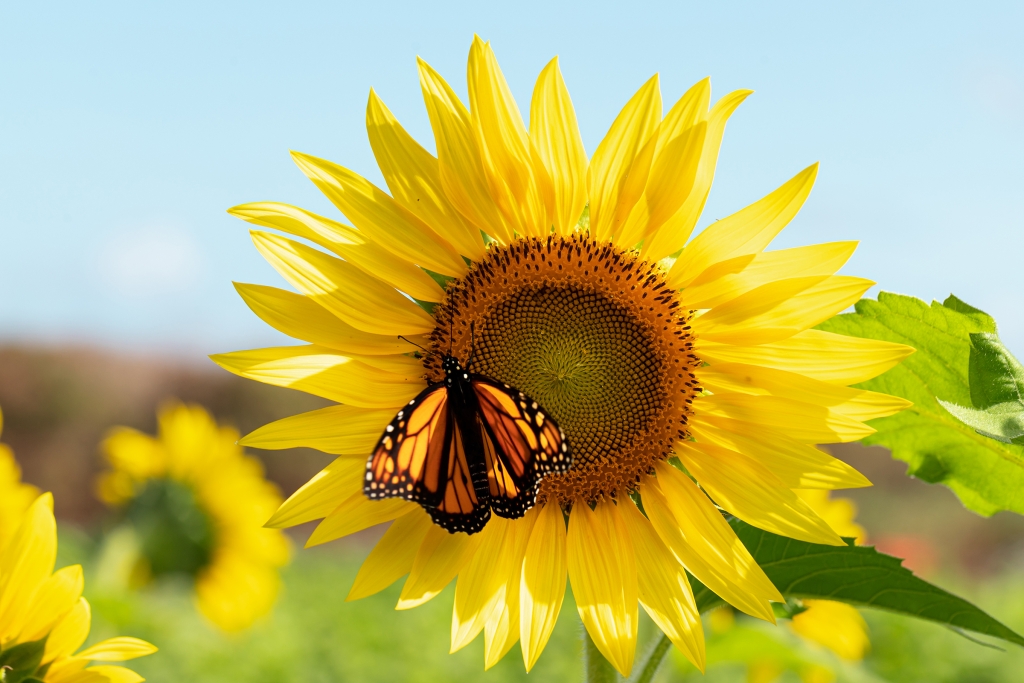
bees, butterflies, moths, beetles, and hummingbirds are our pollinating friends
Getting Started
Whether you are removing grass to make a new garden, utilizing an existing flower bed or using a raised bed or container, the first step is to add nutrient-rich soil or compost to improve your growing success. If you’re starting with seeds, you can begin in the fall or late winter, even scattering seeds over snow. The heat from the sun and the moisture from the melting snow will help germinate the seeds.
When starting with small plants, be sure to follow the frost guidelines so you don’t plant them too early. If you are new to gardening, here are some tips for starting off on the right foot.
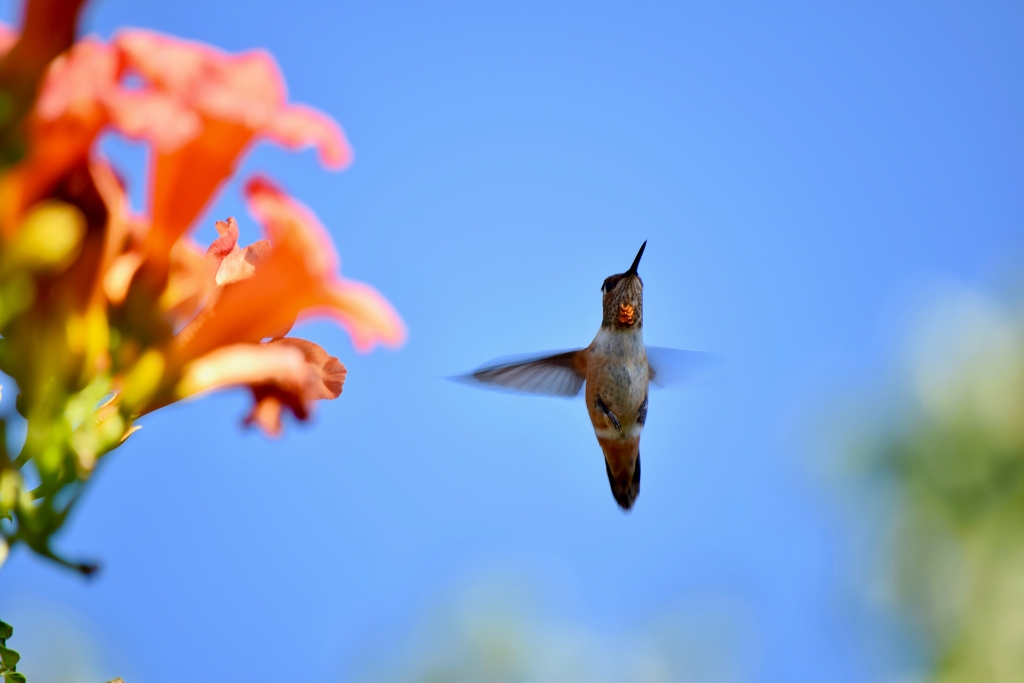
Start planning your pollinator garden early
A Few Of Our Favourites
Milkweed
Don’t let the name scare you away. Milkweed is a beautiful wildflower with delicate flowers in bright clusters that provides food for a wide range of butterflies and birds. Did. You know Monarch caterpillars feed exclusively on the leaves of milkweed, the only host plant for these beautiful butterflies?
Zinnia
These bright, showy annuals have large flowers in many colours and are a great food source for bees and other insects.
Lavender
This fragrant, mauve flower is a non-invasive perennial that will have your garden buzzing and fluttering with insect activity. Lavender is a versatile plant that bees love.
Coneflower
These easy-to-grow wildflowers are loved by bees and butterflies and, in the fall, the seeds provide a perfect high-energy snack for a variety of birds.
Foxglove Beardtongue
These dramatic flowers have long stems with bright magenta tube-shaped flowers and are one of the best for attracting hummingbirds.
Trumpet Honeysuckle or Vine
A popular perennial in Ontario, the Trumpet Vine is often referred to as the Hummingbird Vine. If you’re not fond of the vine variety, choose the Trumpet Honeysuckle since it doesn’t get as big as the vine, it may be a better fit for your hummingbird garden.
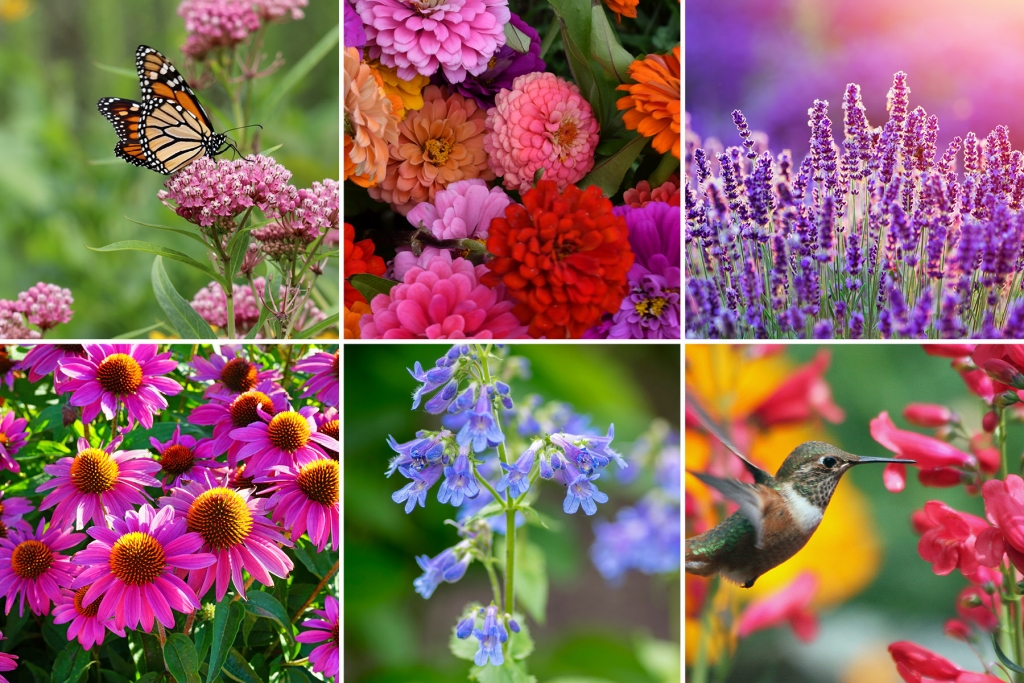
Top LTR: Milkweed, Zinnia, Lavender Bottom: Coneflower, Foxglove Beardtongue, Trumpet Vine
There is an endless list of plants and flowers to choose from, so we suggest doing a little research to see what will thrive best in your climate, soil type, and sun/shade conditions. Plants native to your area are always a great choice.
Tips For A Pollinator-Friendly Landscape
• Most importantly, avoid pesticides. They are the number one killer of pollinators.
• Give up on the outdated concept of the perfect manicured lawn. A few dandelions never hurt anyone and they provide an important early spring meal for a variety of pollinating insects before other flowers bloom.
• Provide a source of clean fresh water such as a pond or birdbath.
• Get the whole family involved. Children will love to watch and see who drops in for a visit, from caterpillars munching on leaves to hummingbirds sipping nectar.
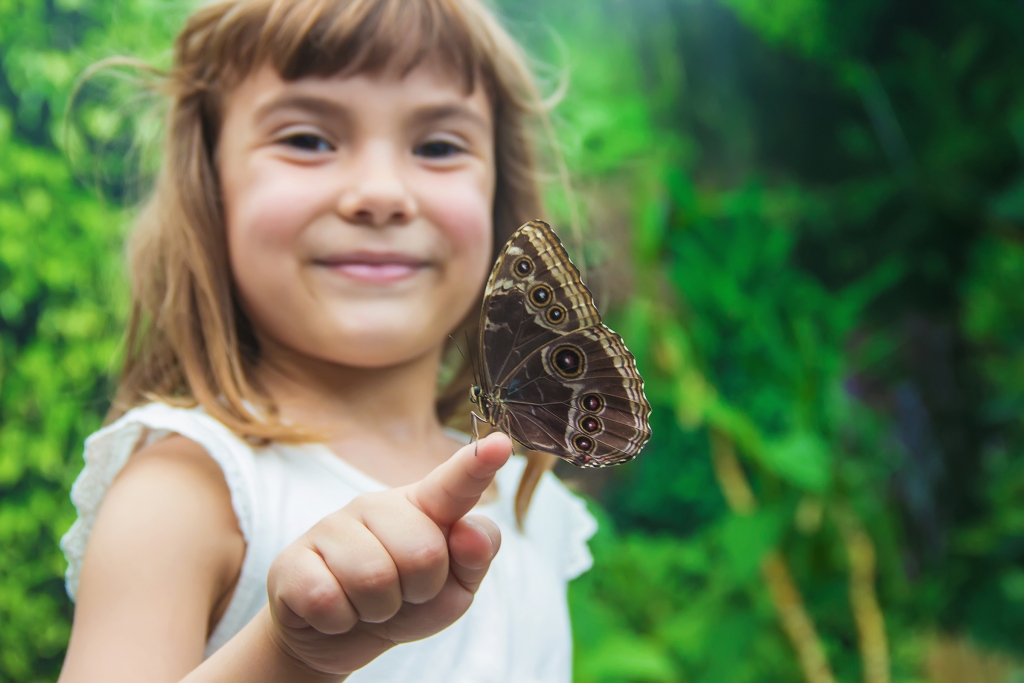
Your garden will soon be a family favourite activity
No Garden? No Problem!
Want to start on a smaller scale? Window or balcony flower boxes are a perfect place to plant nectar and pollen-providing plants that will bloom throughout the season. Remember, pollinators can fly, so even if you’re on the tenth floor, if you plant it they will come.
Not everyone has access to enough space and time to start a full garden, but that doesn’t need to hold you back. Most municipalities now offer some type of community garden program to allow anyone the opportunity to grow their own plants. In the GTA you can find out more at toronto.ca or check your local government website.
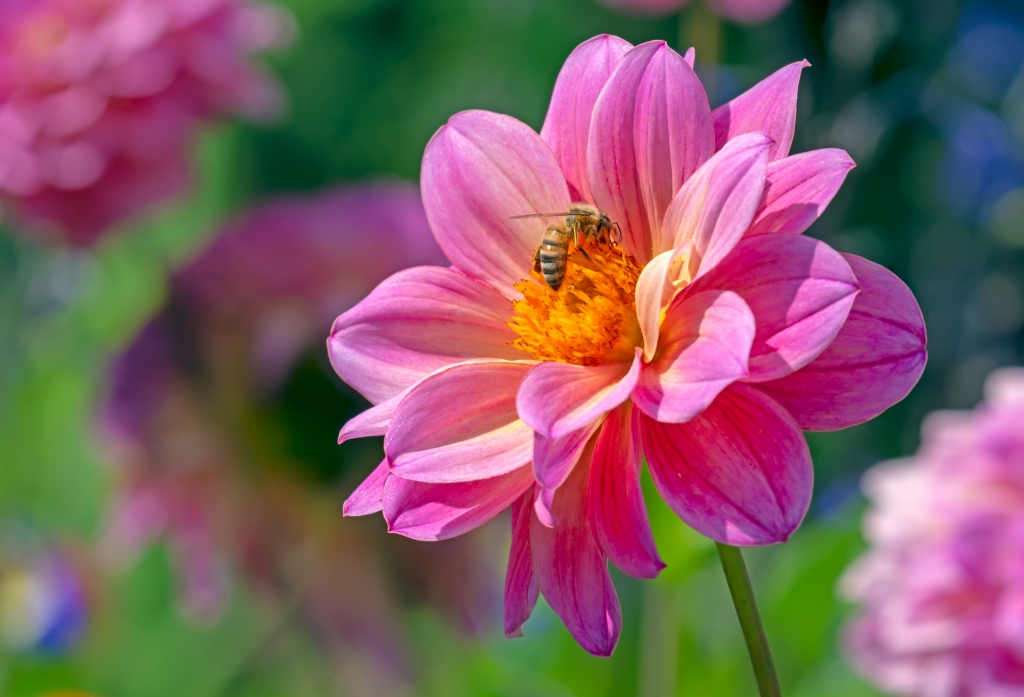
Time to start your pollinator-friendly garden
